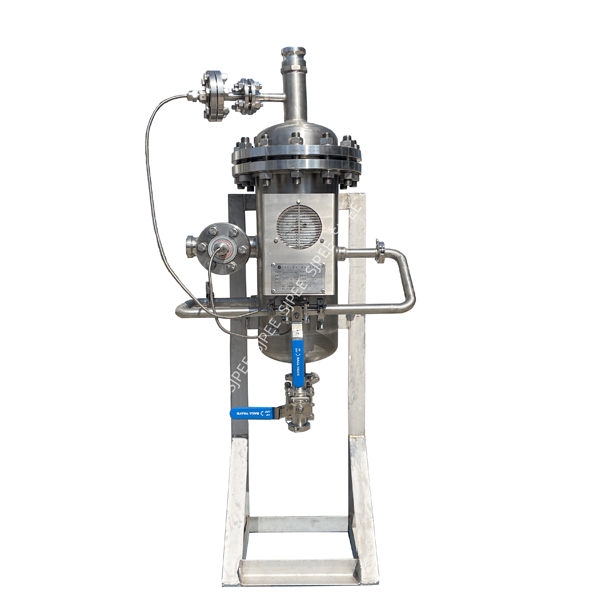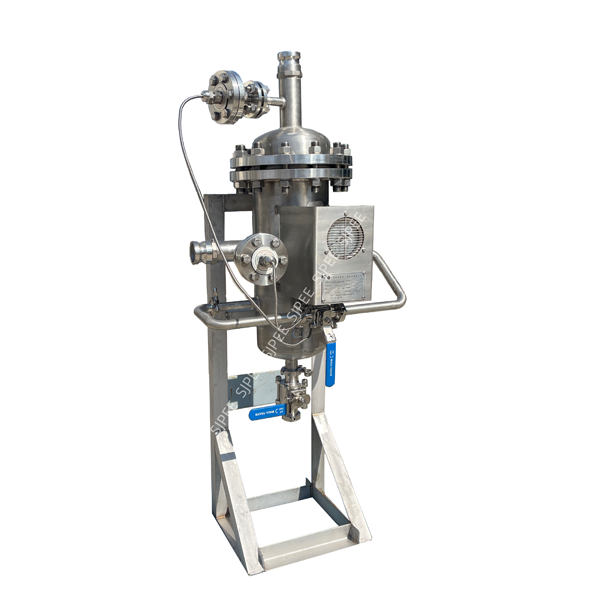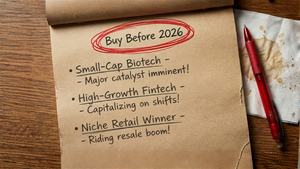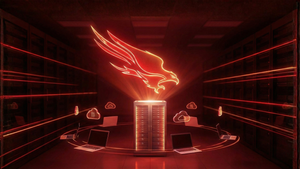PR-10 Absolute Fine Particles Compacted Cyclonic Remover
The PR-10 hydrocyclonic remover is designed and patented construction and installation for removing those extremely fine solid particles, which density is heavier than the liquid, from any liquid or mixture with gas. For example, produced water, sea-water, etc. The flow enters from the top of vessel and then into the “candle”, which is consisted of varies number of discs in which the PR-10 cyclonic element are installed. The stream with solids are then flows into the PR-10 and the solid particles is separated from the stream. The separated clean liquid is rejected into the up vessel chamber and routed into the outlet nozzle, while the solid particles are dropped into the lower solids chamber for accumulating, located in the bottom for disposal in batch operation via the sand withdraw device ((SWDTM series).


Some components and techniques are used in the process of oil and gas operations. These components include wellhead equipment、desander、cyclone separator、hydrocyclone、CFU and IGF. Meanwhile, techniques named water injection and fluid field analysis are used in the process of oil and gas operations. While PR-10 product is unique for removing the very fine particles (eg. 2 microns) and meet the requirement for water injection. The desanding cyclone with PR-10 installed can be used especially for removing the particles in the produced water and reinjected into the reservoir without adding other chemicals, example of Oxygen scavenger, De-former, Sludge breaker, Bactericide, etc. The reason of directly reinjection is because the produced water coming from separator will be going deoiling facility (eg. Hydrocyclone, or CFU) and the PR-10 Cyclonic Remover , the processing is done within the closed system in positive pressure, without oxygen penetration. In other advantage, the reinjection would not have the problem of Compatibility.
In the complex world of oil extraction, maintaining reservoir pressure is paramount to sustaining production levels and optimizing recovery. As oil fields mature, natural pressure declines, reducing the ability to extract hydrocarbons efficiently. To counteract this, enhanced oil recovery (EOR) techniques such as water injection have been widely implemented. Water injection plays a crucial role in extending the productive lifespan of an oil field, ensuring that maximum reserves are recovered while maintaining economic viability.
Understanding Water Injection: A Key Technique in Oil Recovery
Water injection is a secondary recovery technique designed to maintain reservoir pressure and enhance oil displacement. By injecting water into the reservoir, operators can push oil toward production wells, increasing the recovery factor beyond what natural pressure alone can achieve. This method has been utilized for decades and remains one of the most cost-effective strategies for maximizing oil extraction.
Why Water Injection is Essential for Maximizing Oil Production
Oil reservoirs do not produce indefinitely at optimal rates. Over time, reservoir energy diminishes, leading to declining production levels. Water injection mitigates this decline by replenishing reservoir pressure and sustaining the drive mechanism required for oil flow. Additionally, water injection enhances oil sweep efficiency, reducing the amount of residual oil trapped within the rock formation. As a result, this method ensures a more complete extraction of available hydrocarbons, ultimately improving field profitability.
How Water Injection Works in Oil Fields
The Science Behind Water Injection: Maintaining Reservoir Pressure
Reservoir pressure is essential for hydrocarbon mobility. When pressure decreases, oil becomes increasingly difficult to extract, leading to lower production rates. Water injection counteracts this decline by replacing the voids left by extracted oil, maintaining pressure and facilitating the continuous movement of hydrocarbons toward production wells.
The Injection Process: From Water Source to Oil Reservoir
Water used for injection is sourced from various locations, including seawater, aquifers, or recycled produced water. Before injection, the water is treated to remove contaminants and particulates that could damage the reservoir. High-pressure pumps transport the treated water into designated injection wells, where it infiltrates the rock formation and helps displace oil toward producing wells.
Types of Water Used: Seawater, Produced Water, and Treated Water
- Seawater: Frequently used in offshore fields due to availability but requires extensive treatment to prevent reservoir damage.
- Produced Water: Water that is co-produced with hydrocarbons can be treated and reinjected, reducing disposal costs and environmental impact.
- Treated Water: Fresh or brackish water that has undergone purification processes to ensure compatibility with reservoir conditions.
Injection Patterns and Techniques: Peripheral, Pattern, and Gravity-Assisted Injection
- Peripheral Injection: Injecting water at the edges of the reservoir to push oil toward production wells.
- Pattern Injection: A systematic approach using strategically placed injection wells to create uniform pressure distribution.
- Gravity-Assisted Injection: Utilizing the natural density difference between water and oil to encourage downward displacement of oil.
Benefits and Challenges of Water Injection
Increasing Oil Recovery Rates: How Water Injection Boosts Production
Water injection significantly enhances recovery rates by improving oil displacement efficiency. By maintaining reservoir pressure and optimizing fluid movement, this technique can extract an additional 20-40% of original oil in place (OOIP) beyond what primary recovery alone can achieve.
Extending Reservoir Lifespan and Enhancing Well Performance
Prolonging the productive lifespan of an oil field is a key benefit of water injection. Sustained reservoir pressure prevents premature well depletion, allowing operators to continue production at viable levels for extended periods.
Common Challenges: Water Breakthrough, Corrosion, and Reservoir Compatibility
- Water Breakthrough: Premature water production can occur if injection is not properly managed, reducing oil output and increasing water handling costs.
- Corrosion and Scaling: Water injection systems are susceptible to corrosion, scaling, and bacterial contamination, necessitating rigorous maintenance.
- Reservoir Compatibility: Not all reservoirs respond favorably to water injection, requiring thorough geophysical analysis before implementation.
Economic Considerations: Costs vs. Long-Term Gains
While water injection incurs upfront costs for infrastructure and water treatment, the long-term gains in improved oil recovery and prolonged field productivity often outweigh initial expenditures. The economic feasibility depends on oil prices, reservoir characteristics, and operational efficiencies.
Environmental and Regulatory Aspects of Water Injection
Managing Water Resources: Recycling and Disposal of Produced Water
With increasing environmental scrutiny, oil operators must adopt sustainable water management practices. Recycling produced water reduces freshwater consumption and minimizes disposal challenges.
Environmental Concerns: Groundwater Protection and Sustainability
Unchecked water injection can pose risks such as groundwater contamination and induced seismicity. Implementing stringent monitoring systems and following best practices mitigates these risks while ensuring sustainable operations.
Regulatory Compliance: Industry Standards and Government Regulations
Governments impose strict regulations on water injection to ensure environmental protection and resource conservation. Compliance with international standards and local regulations is critical for legal and ethical operations.
Innovations and Future Trends in Water Injection
Smart Water Injection: AI and Data-Driven Optimization
Artificial intelligence and real-time data analytics are revolutionizing water injection. Smart injection systems analyze reservoir responses, optimize injection rates, and adjust parameters dynamically to enhance efficiency.
Combining Water Injection with Other Enhanced Oil Recovery (EOR) Techniques
Hybrid EOR techniques, such as water-alternating-gas (WAG) injection and chemical-enhanced water injection, improve oil recovery by integrating multiple recovery mechanisms.
The Future of Sustainable Oil Recovery: What’s Next for Water Injection?
Future advancements in nanotechnology, smart polymers, and low-salinity water injection hold promise for further optimizing water injection strategies while minimizing environmental impacts.
Conclusion
The Role of Water Injection in the Future of Oil Production
As oil demand continues, water injection remains a cornerstone of enhanced oil recovery. By maintaining reservoir pressure and optimizing oil displacement, this technique ensures sustainable hydrocarbon production.
Balancing Efficiency, Cost, and Environmental Responsibility in Water Injection Practices
The future of water injection hinges on balancing economic viability with environmental stewardship. As technology evolves, the industry must adopt smarter, more sustainable practices to meet the dual objectives of maximizing oil recovery and minimizing ecological footprint.
Media Contact
Company Name: SJPEE CO., LTD.
Email: Send Email
Country: China
Website: https://www.sjpee.net/
More News
View More




Recent Quotes
View More
Quotes delayed at least 20 minutes.
By accessing this page, you agree to the Privacy Policy and Terms Of Service.